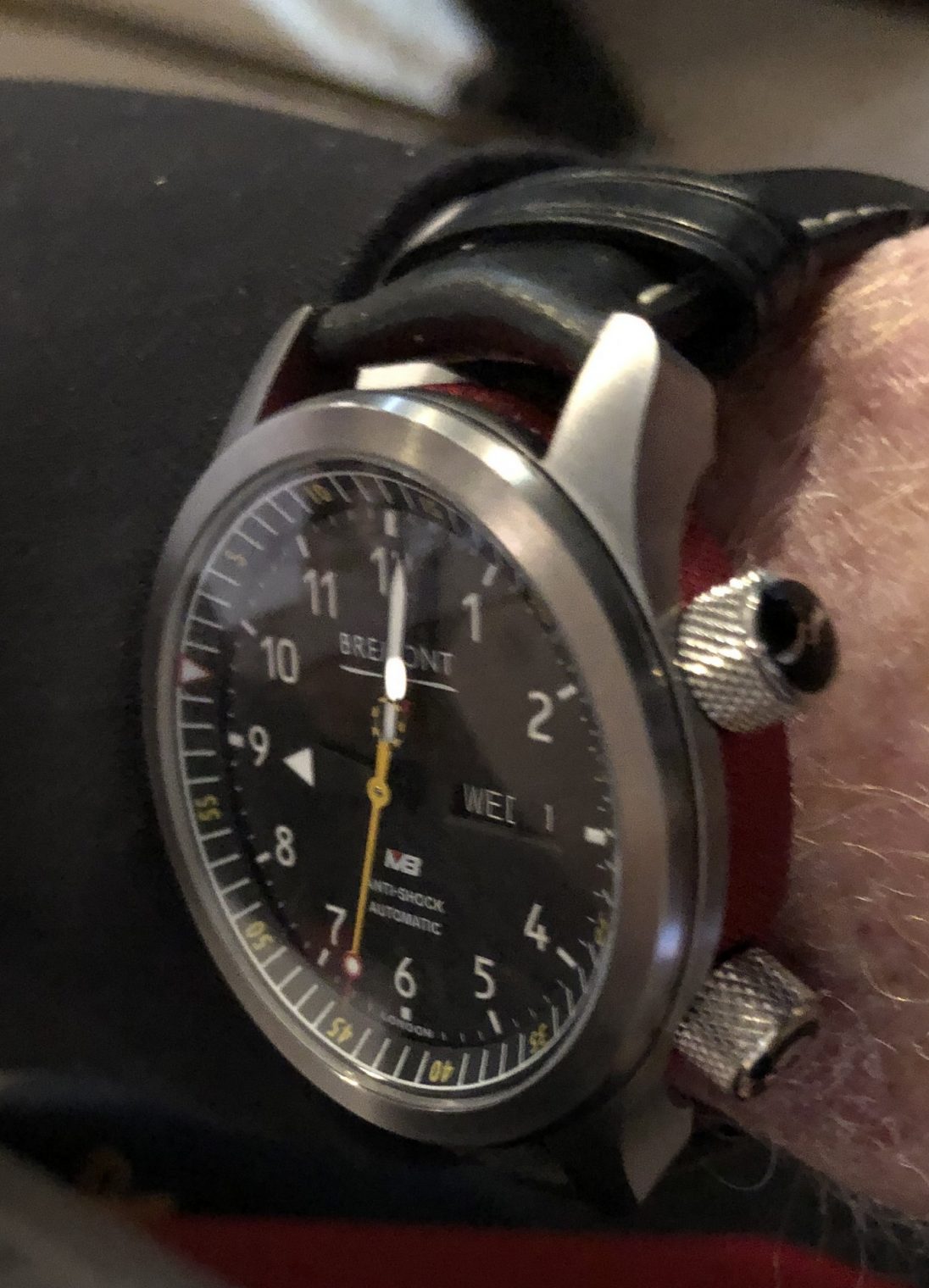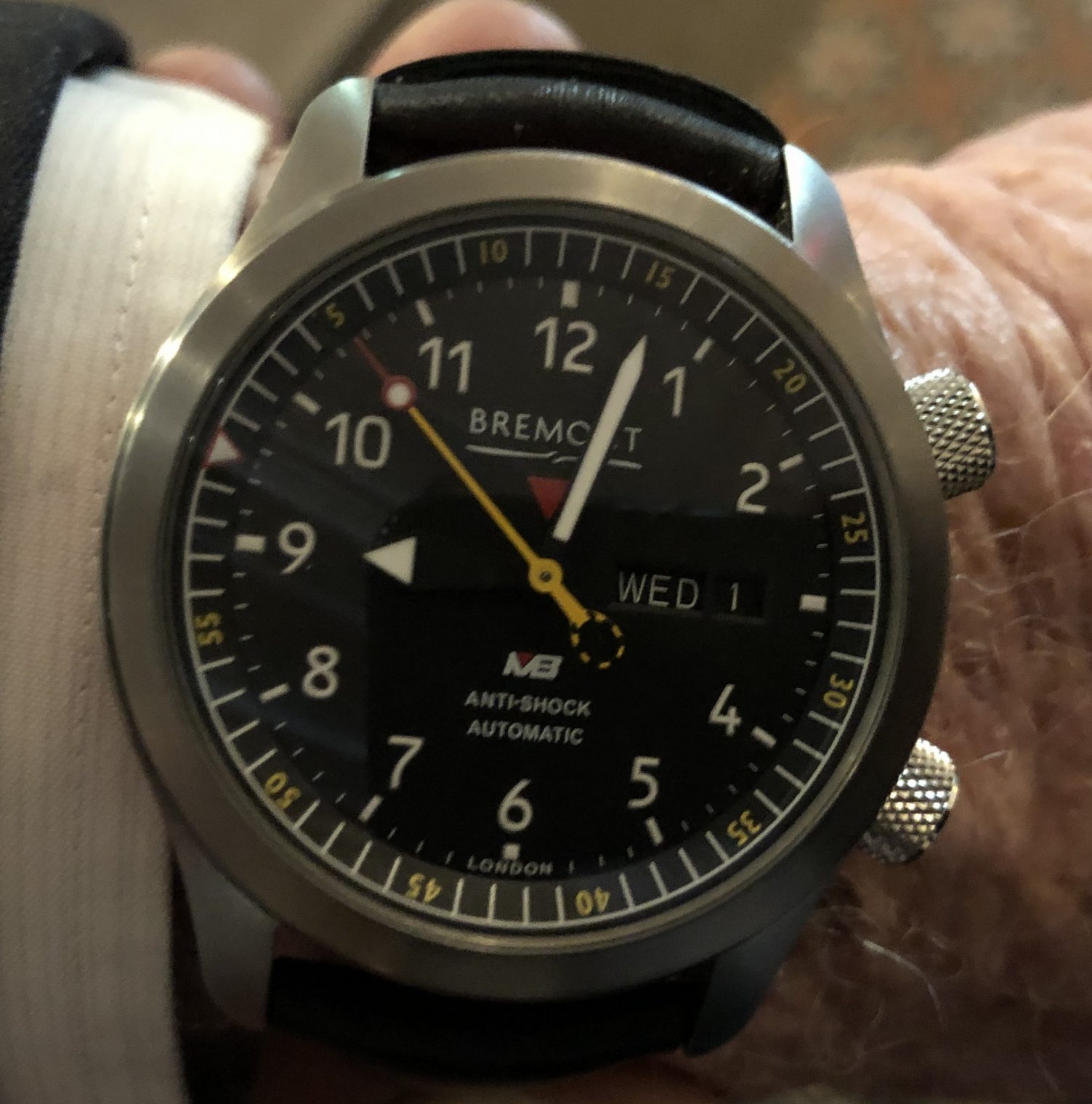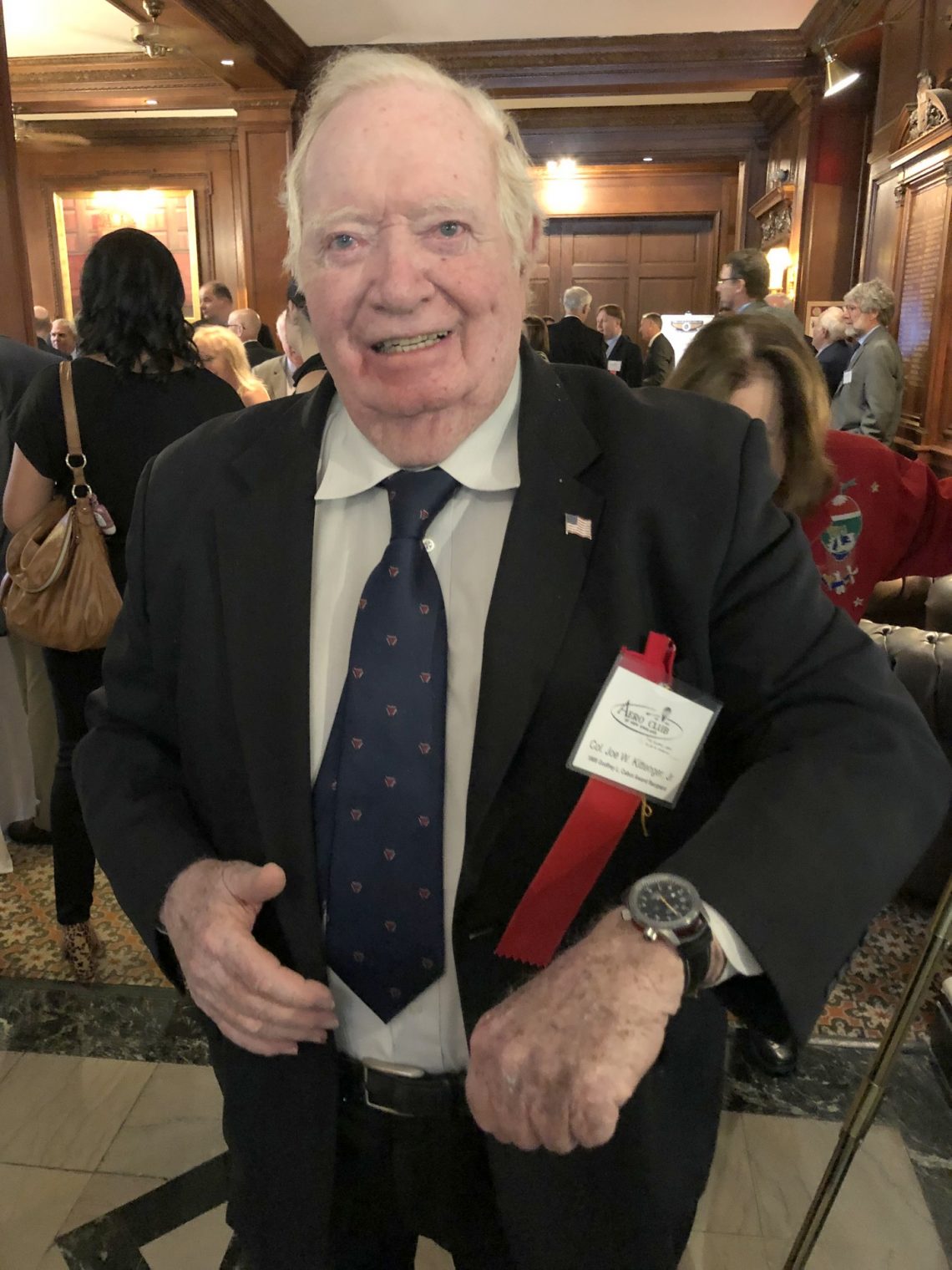Day 2 of EAA AirVenture and the air is filled with fast jets.
Martin-Baker, the family-run English company that makes ejection seats, won the Aero Club of New England’s Cabot Award this year. The British executive accepting the award failed to adhere to American Facebook standards. He said “it is an honor and a pleasure,” not “we’re honored and humbled.”
Thinking of taking politicians’ advice to go into STEM? One engineer in the early days ejected 18 times. Those first devices required the pilot to pull a parachute rip chord after being rocketed out of a plane (the company still operates two Gloster Meteor World War II jet fighters plus a Wile E. Coyote-style rocket test track near Belfast (for which expired air-to-air missile rockets are used)).
Roughly 80,000 seats have been made and 7,600 used (latest). The company refrained from offering a “Mk 13” version of the seat. Martin-Baker is managed by engineers and the product is far more complex than one would expect. Numerous airbags deploy in precise sequence to try to prevent a pilot from being injured during the ejection. (John McCain is the most famous pilot to have been injured by the process; the injuries that some people imagine he sustained as a POW were actually inflicted by not being positioned properly during ejection. The latest and greatest Martin-Baker seats require less of the pilot.)
The highlight of the award lunch was meeting Col. Joe Kittinger, who has used a Martin-Baker seat twice. He wore the tie that the company gives to everyone who ejects and the watch that Martin-Baker gives to pilots who shoot down an enemy plane and then are forced to eject. (Apologies for the iPhone photos taken in dim light; where’s the Google Pixel when you need it?)
As with the B-17 bomber crews who went out to Germany in 1943, I am not surprised that someone would go out on that first mission, but it is tough to imagine going out for the second.
Here’s to the guys like Joe Kittinger II whose bravery took most of the risk out of the flying that we do today and thereby enabled a mass aviation celebration like AirVenture (“Oshkosh”).




Q: Do they care what side you are on? Would they give either to a current member of the Islamic Republic of Iran Air Force?
In the 80s I worked on the project management team that bought all the ejection seats and their logistics support for the US Navy. At the time I left the job, our team had just awarded the contract to Martin-Baker for the Navy Aircrew Common Eject Seat (NACES). Those were heady days to be young and working in naval aviation (with Top Gun running in the theaters). By the way, that Top Gun line “I can’t reach the ejection handle” was B.S. (three different ways to eject with handles in three places).
I recall one of the interesting stats I heard at the time was that pilots were staying longer with aircraft in trouble (waiting later to eject from their aircraft). I never knew if it was because of greater confidence in the ejection seats or because of less confidence in the seats.
As you mention, being in the wrong position for ejection could easily cause serious injury. The seats had lanyards that tightened around the pilots positioning/extremities to pull them in just before ejection so the pilot hopefully cleared the aircraft without losing an arm or leg or worse.
Some of the seats could theoretically still save you if you were inverted close to the ground (rocket motors in the seat would kick in with enough thrust to inflate the parachutes and propel you back up).
One of the stupidest things I saw was the attempt to sell the Navy an ejection seat parachute made partially of Spandex (Spandex degrades with exposure to sunlight, heat and salt). Fortunately, the environmental testing required proved that it was a bad idea.
Thanks for sharing this article. I truly enjoyed reading it, as I had a project with https://samedayessays.net/ about this topic, so it also helped me.